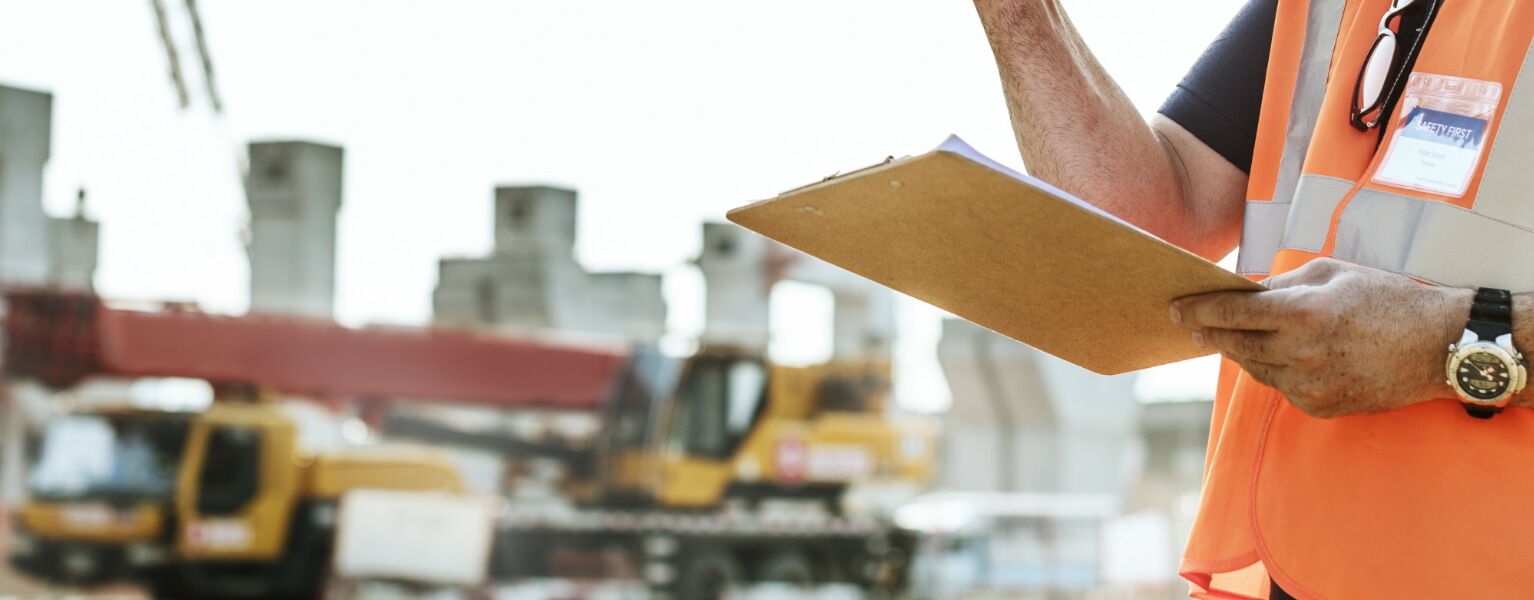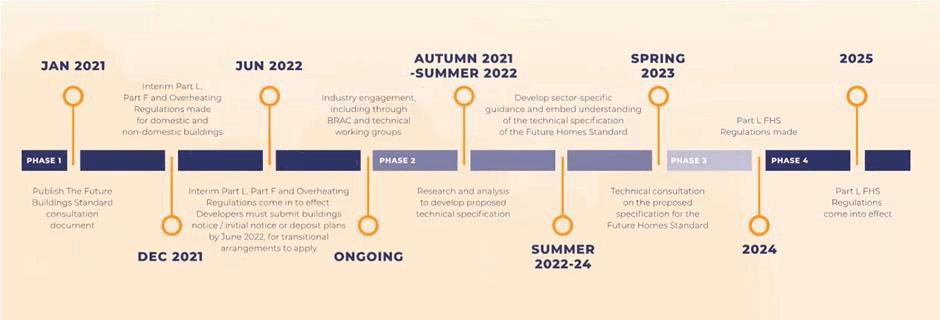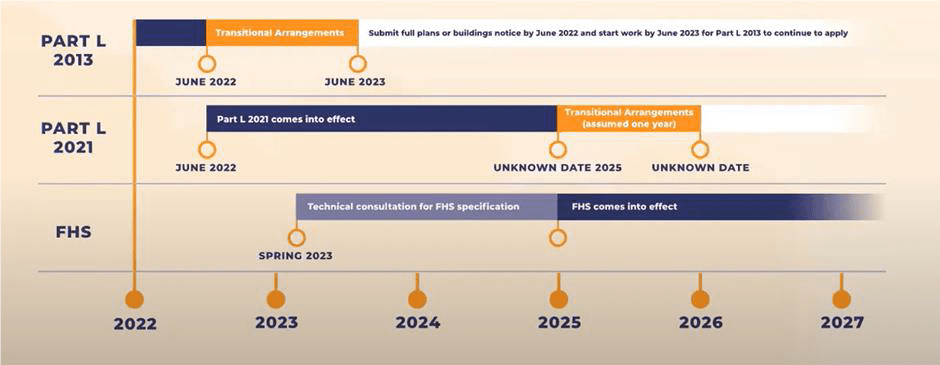Building regulation changes: What you should know
Significant changes to building regulations will take effect on 15th June 2022.
New Approved Documents L, F, O, and S detail the improvements needed to increase building energy efficiency and the systems that support it. These documents will represent the new requirements that must be met by new buildings, in order to promote advancements in carbon emissions reduction.
Part L – examines property energy efficiency.
Part F – improves ventilation.
Part O – ensures that buildings do not overheat.
Part S – a new Approved Document that details how a building might contain infrastructure for electric vehicles. Starting from June, all new residences must include charging stations for electric vehicles.
These changes apply to new build and existing homes, and non-domestic projects. Any project submitted to Building Control on or after June 15th 2022 will need to meet the new standards.


